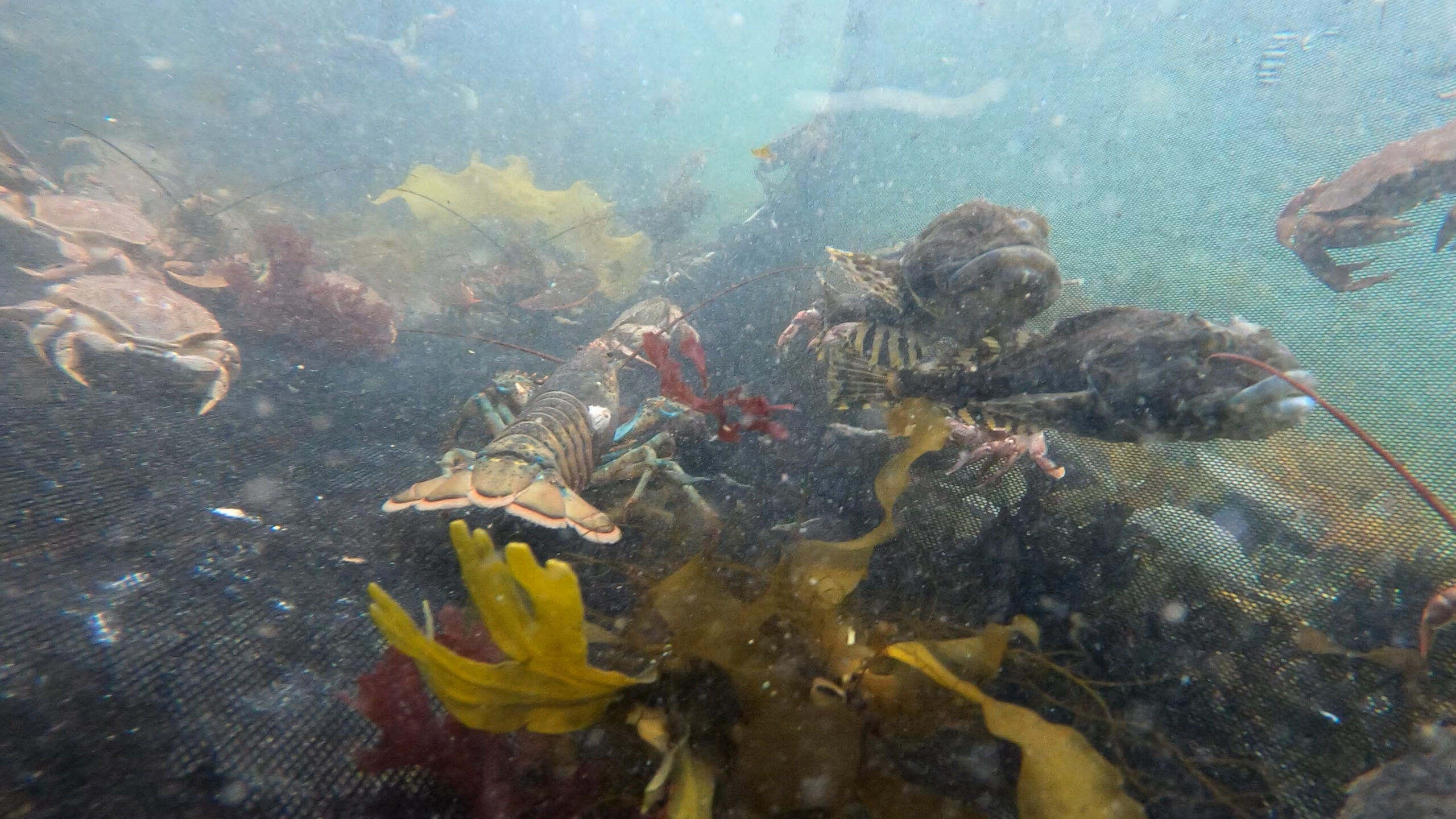
SIZE:
Approximately 30 cm, up to 82.6 cm.
LIFE EXPECTANCY:
Up to 30 years.
LIFE CYCLE:
Sexual maturity is reached around 6 to 8 years. Formerly, it was around 10 to 11 years.
The female lays its eggs in several batches. Spawning can last up to a month. A female measuring 60 cm can lay up to a million eggs. After being fertilized in the water column, the eggs float to the surface.
When they hatch, the young fish have one eye on each side of their body. Later, they undergo a metamorphosis that shifts their eyes to their right side. As they grow, they settle to the bottom of the ocean, preferring sedimentary areas to bury themselves.
American plaice is a slow-growing species with a long lifespan. Females are larger than males; therefore, there is sexual dimorphism.
The American plaice is a flatfish characterized by both eyes being found on the right side. Its body is oval and thick, in shades of reddish brown to dark beige, with occasional darker spots. Its blind side is white. Its mouth is wide, and its tail is rounded. The body is covered with small scales, rough on the ocular side and smooth on the blind side. The American plaice has scales between its eyes. Its lateral line is slightly arched above the fin.
On the bottom, up to several thousand meters in depth, but usually up to 300 m.
A cold-water species, the American plaice can adapt to temperatures ranging from 1.5 °C to 13 °C.
PREYS:
Echinoderms
Molluscs
Crustaceans
Fish
PREDATORS:
Atlantic halibut
Atlantic cod
Seals
MACHINES:
Gillnet, seine, trawl, and incidental catch.
REGULATIONS:
- There has been a total ban on American plaice fishing since 1993. Only incidental catches are authorized, up to a maximum of 10% of the total authorized catch of the target species.
The abundance of American plaice declined dramatically between 1970 and 1990. Today, populations remain endangered. The American plaice is currently being considered for addition to the list of species at risk.
BENEFITS:
The American plaice provides lean protein, vitamin D, selenium and omega-3 fatty acids.
LET’S COOK:
Flaky, fragile texture. Delicate, flavourful taste.
The American plaice is a versatile fish that can be prepared either poached, sautéed, steamed or baked.
OUR CULINARY ADVICE:
- Given its endangered status, we do not recommend eating American plaice.





